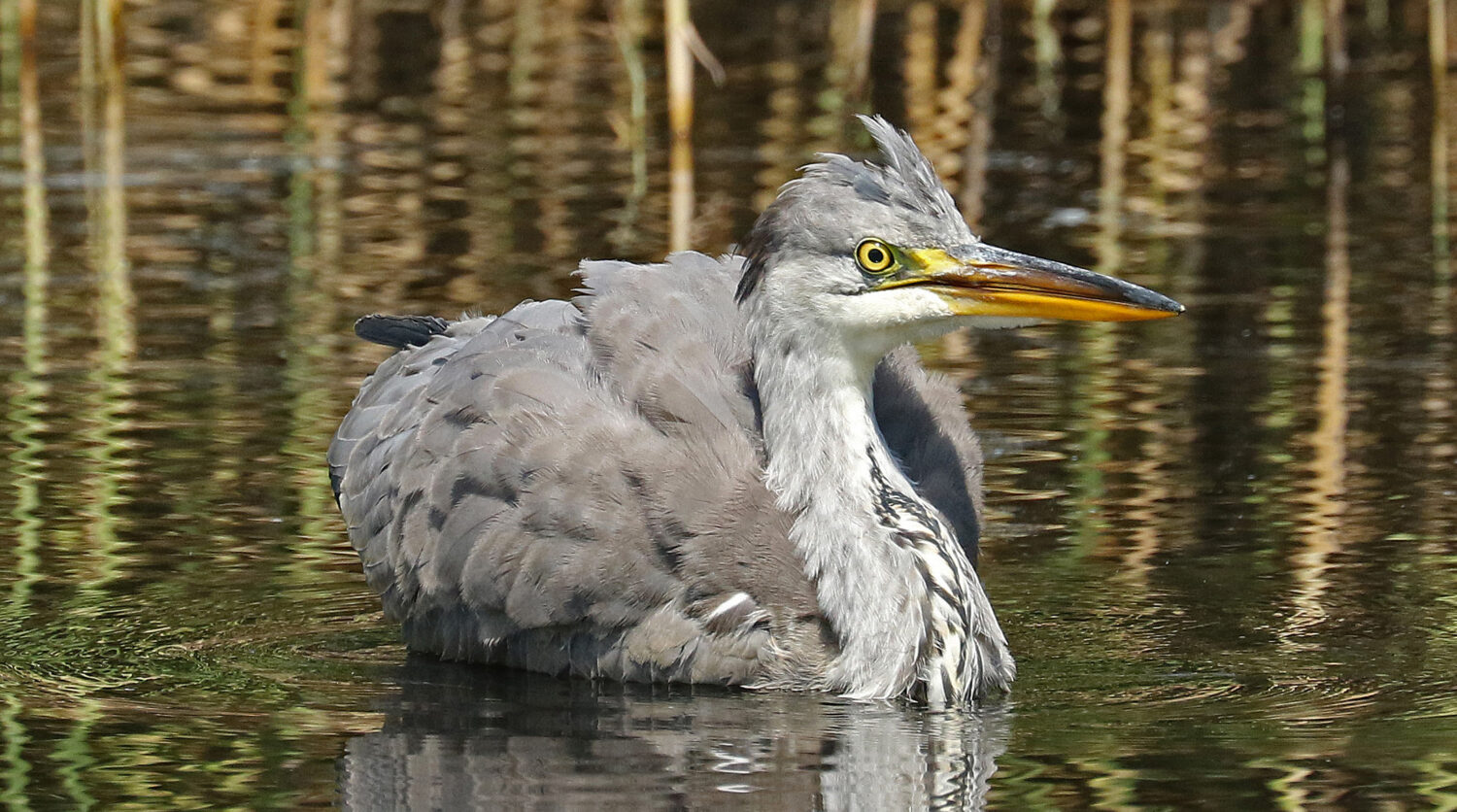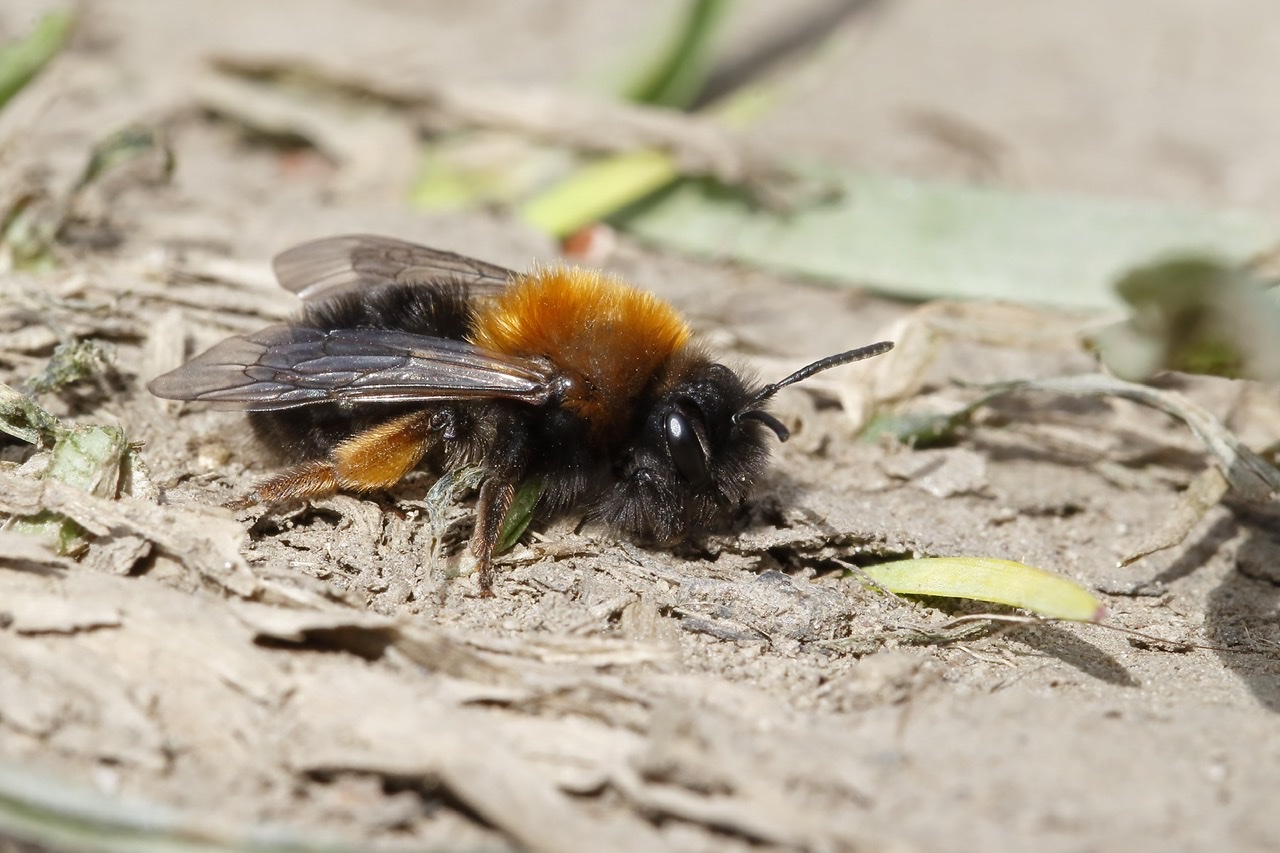Young naturalist, David Raffle, takes a look back at your sightings and discoveries at Gosforth Nature Reserve over the last few weeks.
It has been a busy couple of weeks for wildlife sightings since Gosforth Nature Reserve re-opened at the end of March. There is plenty of wildlife to look out for over the coming weeks as summer migrants continue to arrive and more insects emerge. We look forward to welcoming you to the reserve and cannot wait to hear what you spot on your next visit.
Birds
The two stand out bird sightings since reopening have been a female Garganey on 10 and 11 April and a male Marsh Harrier on the 14 April. Garganey are one of our smaller duck species and our only summer migrant duck, arriving to breed in Britain from their wintering grounds in Africa.
Marsh Harrier is another uncommon visitor to the reserve, with only a couple of records each year as they pass through on migration in spring and autumn. Clear sunny days are perfect to look out for raptors, with Buzzards and Sparrowhawks regularly seen soaring on thermals over the reserve.
Spring has certainly arrived at the reserve with sightings of many returning summer migrants. Sand Martins and Swallows have put in regular appearances hawking for insects over the lake, while some visitors have managed to pick out some House Martins among them. They should be joined by the first Swifts towards the end of the month. Many of the warblers have also returned, with Chiffchaff, Willow Warbler, Blackcap and Reed Warbler all in song. The first Reed Warbler was recorded on 5 April, the earliest county record by one day.
On the wetland there have been sightings of Water Rail, Little Egret, Gadwall and Pochard, with a few wintering Wigeon and Teal still lingering. Black-headed Gulls are starting to show interest in the tern platform, and they should be joined by the first Common Terns towards the end of the month. There are several Grey Herons nesting in alders in the reedbed. The Beck Hide is a great place to look out for them; you might even spot their prehistoric-looking chicks appearing in a few weeks. It is also worth keeping an eye on the Mute Swans as the resident pair where forced off the reserve this winter. It will be interesting to see whether they return or a new pair takes over, so please let us know if you see any ringed swans.
Ring-necked Parakeets have added a touch of the exotic to the reserve’s western woodlands. These bright green parrots are more often heard than seen, with the loud screeches of this non-native species becoming an increasingly common sound in the North East. Some of the less exotic species to be found in the woods include Great Spotted Woodpecker, Nuthatch, Treecreeper, Siskin and Lesser Redpoll.

Mammals
An Otter has been spotted on several occasions from the Beck Hide, delighting lucky visitors to the reserve. Many visitors have been rewarded with great views of Roe Deer in the woods, with the deer regularly showing very close to the path if you are quiet enough. If you are lucky, you may even spot a Fox as well.
Invertebrates
Warm, sunny days have often proved fruitful for insect sightings with a variety of butterflies and bees spotted. Butterflies sightings include Comma, Small Tortoiseshell and Peacock, all species which overwinter as adults. As the season progresses, more species that overwinter as pupae will start to emerge, so look out for Speckled Wood and the white butterflies. The queens of several bumblebee species have been seen, as well as the less common Clarke’s Mining Bee. Don’t forget to record any bees you see for the North East Bee Hunt.

We’d love to hear about your wildlife encounters at Gosforth Nature Reserve! No creature is too small and whether you’re recording insects, plants, mammals or birds (or anything else, for that matter), please do get in touch on social media or by email at nhsn@ncl.ac.uk.
Equally, if you would like to contribute photos to future wildlife updates or the NHSN e-news, please get in touch.
By David Raffle, NHSN Volunteer Ranger